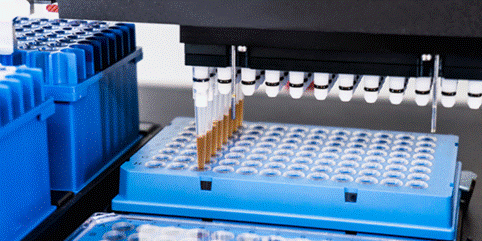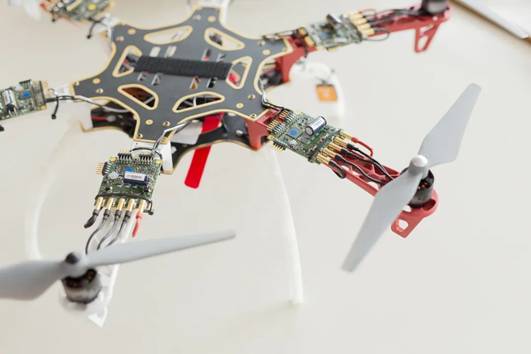“Lower and lower production costs have driven the widespread use and popularity of BLDC motors, especially when the introduction of consumer drones and e-bikes has led to the mass production of BLDC motors, which were previously Brushed DC motors were once only used in high-end industries. Development of once-complex servo drives is made easier with plug-and-play modules that provide field-oriented or vector control in hardware. Even though servo drives are widely used in medical and healthcare equipment, we should not forget about stepper motors.
“
Lower and lower production costs have driven the widespread use and popularity of BLDC motors, especially when the introduction of consumer drones and e-bikes has led to the mass production of BLDC motors, which were previously Brushed DC motors were once only used in high-end industries. Development of once-complex servo drives is made easier with plug-and-play modules that provide field-oriented or vector control in hardware. Even though servo drives are widely used in medical and healthcare equipment, we should not forget about stepper motors.
Many engineers consider stepper motors inferior to servo drives. However, stepper motor control has come a long way from a simple “no tuning” control scheme. Stepper motors are not only used in some simple applications, more and more high-end applications that rely on high torque and low speed are also driven by stepper motors, such as from laboratory automation to semiconductor processing, from 3D printing to 4K surveillance cameras, these applications require engineers to be able to use drive systems that do not require additional gearboxes. No gearbox means less wear, less noise and lower overhead.

While stepper motors offer low-cost robustness and precision, they still suffer from noise, vibration, and are not very energy efficient, but their drivers are not at all complicated; at the same time, microstepping and advanced current chopping The combination of a voltage chopper and a voltage chopper allows the stepper motor to use adaptive current for smooth, noise-free operation; coupled with diagnostics and no hunting (i.e. no movement at all at rest), you can easily have an implementation The industry-leading solution for perfect motion control applications. For applications that require closed-loop operation, you just need to add an encoder, which can be a Hall component that acts as a position sensor, and you have a complete servo drive without a gearbox!

Just as motor control has changed over the past two decades, so have the requirements of engineers developing applications. Today, every engineer wants to make their design unique, not develop a seemingly complex drive system. A minimalist form factor, an intuitive user interface, real-time functionality, functional safety, and data collection and sharing with the cloud are new concerns for engineers. Frankly, an engineer might think that motors and motion control are holding him back, so they need a development kit to jump right over those barriers.
However, supporting motors with development tools is not that easy. The reason is simple: every motor is different. Different motor parameters, different number of poles, different feedback systems (if any), motors may need to be optimized and fine-tuned for specific applications, and the variety of external interfaces. So the usual “one size fits all” solution consisting of a microcontroller with a special motor control library and a generic driver board won’t work.
As part of ADI, Trinamic offers a wide range of development boards as part of a modular evaluation system and has invested heavily in system support software, tools and wizards. These boards help engineers quickly set up a prototype application and try out different settings to fine-tune the drive system. Once these setup conditions are met, the code can easily be compiled and exported in C for direct use in their own firmware. Trinamic’s development boards are MIT-certified open-source designs that engineers can use for free.
The first megatrend for the future of motor and motion control is that increasing complexity leads to more intelligent systems, requiring systems to make decisions in real-time, and data that needs to be collected at the source and shared in the cloud. The second megatrend is functional safety, enabling robots to work side-by-side with humans, either as collaborative robots or as standalone robots, as pick-and-place units or vacuum cleaners. Achieving these trends will require engineers to develop new hardware that frees processors from real-time critical tasks, enabling more diagnostics, predictive maintenance and artificial intelligence, and functional safety.
The Links: LM215WF3-SLK1 LB043WQ1-TD05